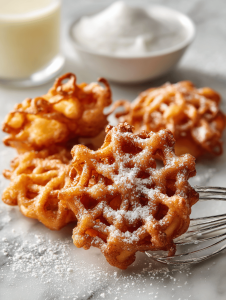Spiderweb donuts aren’t just about the sweet crunch; they’re about the thrill of creating something both spooky and beautiful. I first made these for a Halloween party, and the web patterns turned out more chaotic than planned, but that’s part of the charm. There’s a kind of mad joy in piping those intricate webs and watching them fry up crackled and perfect.
Why Do I Keep Making These?
Every batch feels like a tiny rebellion, a chance to carve out chaos in the kitchen. The web patterns crackle with a smoky, sweet aroma that makes every mess worth it. Plus, the imperfect webs are oddly satisfying—each one a unique masterpiece of sweet, crispy chaos.
Web Ingredients & Their Secrets
- Flour: Gives structure; all-purpose works fine, but bread flour creates more chewiness.
- Sugar: Sweetens and helps browning; superfine dissolves faster for a smoother web.
- Yeast: Leavens dough, making the donuts light; proof until bubbly for best rise.
- Milk: Adds richness; can swap with almond or oat milk for allergy-friendly versions.
- Butter: Creates a tender crumb; melted butter integrates easily, but margarine works in a pinch.
- Egg: Bind and enrich; flaxseed or chia gel can be a vegan alternative.
- Oil for frying: Neutral oil like vegetable or canola; adds crispness and a shiny finish.
Tools of the Web-Making Trade
- Rolling pin: To thin out the dough to the perfect web-donut size.
- Piping bag or plastic sandwich bag: For creating the web patterns with precision.
- Deep-fry thermometer: To monitor oil temperature for perfect frying.
- Slotted spoon: To lift out the donuts without breaking the web pattern.
The Twists and Turns of Making Spiderweb Donuts
Step 1: Mix flour, sugar, yeast, and a pinch of salt in a big bowl. Let it sit for 5 minutes until frothy.
Step 2: Add milk, melted butter, and an egg. Knead until smooth, about 8 minutes.
Step 3: Cover with a damp cloth, let rise in a warm spot for 1 hour or until doubled.
Step 4: Divide dough into small balls, about the size of a walnut.
Step 5: Roll each ball into a thin disc, about 15 cm diameter.
Step 6: Using a piping bag or a plastic bag with the corner cut off, pipe a web-like pattern on each disc.
Step 7: Heat oil in a deep pan to 180°C (356°F). Fry donuts in batches, about 2 minutes each side, until golden.
Step 8: Remove with a slotted spoon, drain on paper towels.
Step 9: Dust with powdered sugar or drizzle with chocolate for a finishing touch.
Cooking Checkpoints & Tips for Success
- The dough should be soft but not sticky; if it’s too sticky, add a little more flour.
- Oil temperature must stay around 180°C (356°F); too hot and the donuts burn, too cold and they absorb oil.
- Web patterns should be quick and confident; slow piping makes for uneven webs.
- Watch for a golden color; if they’re too dark too fast, lower the heat.
Common Web-Wrinkles & How to Fix Them
- Dough is too dry or stiff.? FORGOT to keep dough moist → Mistake: Web pattern cracks during piping. Fix: Keep the dough covered and lightly dampen if it dries out.
- Oil temp fluctuates too much.? DUMPED in hot oil too quickly → Mistake: Donuts burn or cook unevenly. Fix: Lower the web-patterned dough gently and wait for oil to stabilize at 180°C.
- Donuts brown too fast.? OVER-TORCHED web pattern → Mistake: Webs turn dark and bitter. Fix: Reduce heat and cook in smaller batches.
- Web pattern looks uneven.? MISSED the web pattern → Mistake: No web design. Fix: Practice piping on parchment first, then try on the actual donuts.

Spiderweb Donuts
Ingredients
Equipment
Method
- In a large mixing bowl, combine flour, sugar, yeast, and salt. Whisk together and let sit for 5 minutes until the mixture is frothy and bubbly, signaling active yeast.
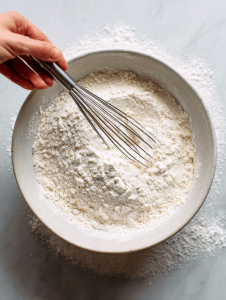
- Add warm milk, melted butter, and the egg to the dry mixture. Stir until the ingredients are just combined, then knead the dough on a lightly floured surface for about 8 minutes until smooth and elastic.
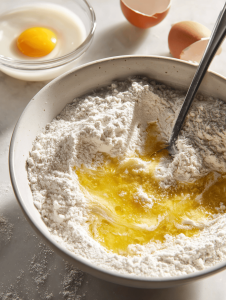
- Shape the dough into a ball, place it in a greased bowl, cover with a damp cloth, and let rise in a warm spot for about 1 hour or until it has doubled in size, filling the space with a yeasty aroma.
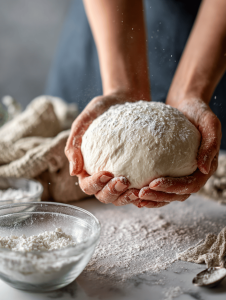
- Punch down the risen dough to release excess air then divide it into 8 equal portions. Roll each piece into a small ball, then flatten into a thin disc about 15 cm in diameter with a rolling pin.
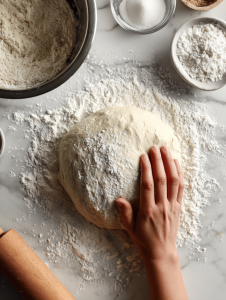
- Fill a piping bag or plastic sandwich bag with a corner cut off with the dough. Pipe web-like patterns on each disc—start from the center and draw radial lines, then connect them with curved lines to resemble a spiderweb.
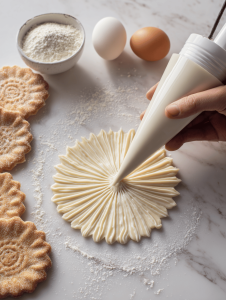
- Heat oil in a deep pan to 180°C (356°F). Carefully lower each web-patterned disc into the hot oil, frying in batches. Cook for about 2 minutes on each side until the donuts are golden brown and crispy, with a crackled web surface.
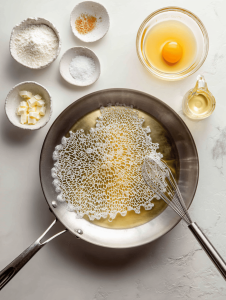
- Use a slotted spoon to lift out the fried donuts, then drain on paper towels to remove excess oil. Repeat with remaining dough discs.
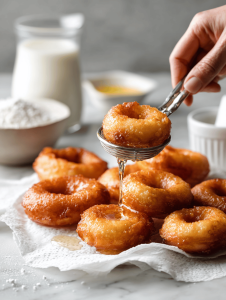
- Once cooled slightly, dust the donuts with powdered sugar or drizzle with melted chocolate for a spooky finishing touch.
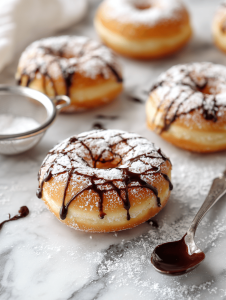
- Enjoy your crispy, web-patterned donuts while they're warm and crackling—perfect for a Halloween celebration or a spooky dessert twist!
